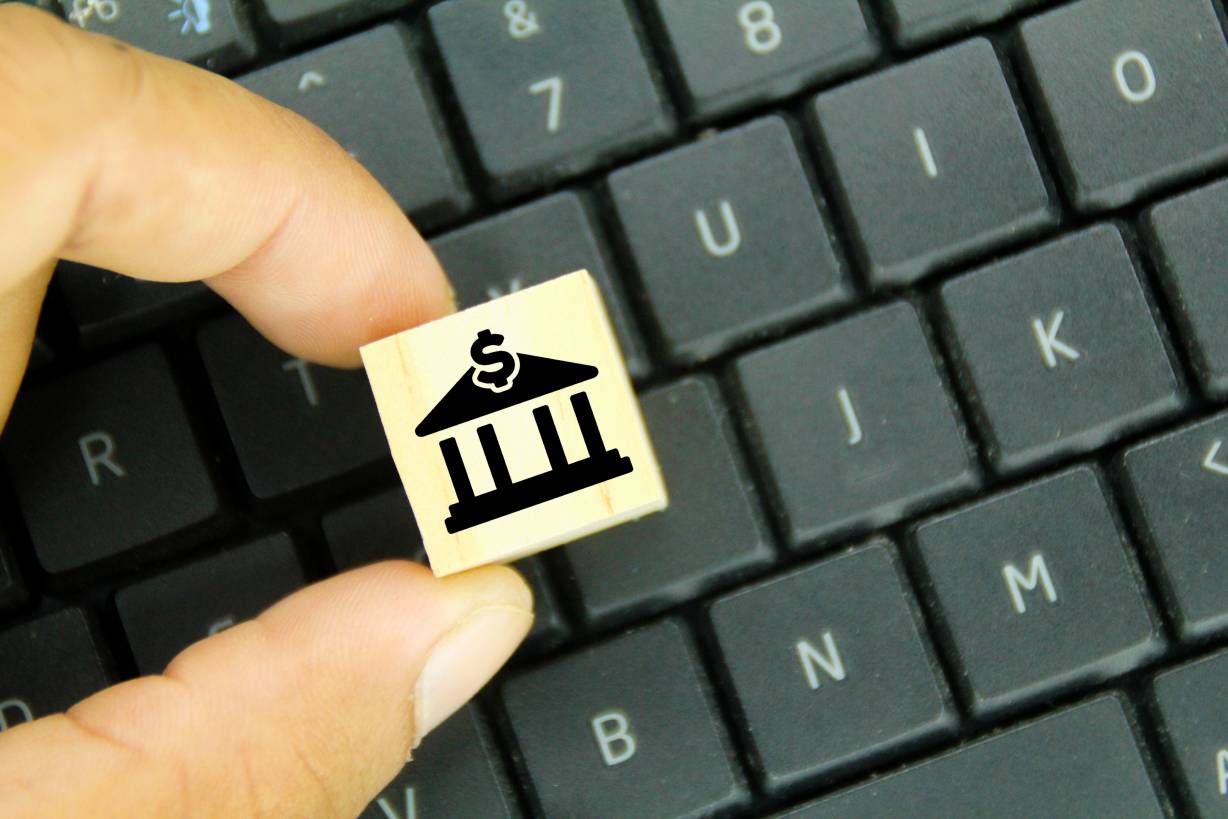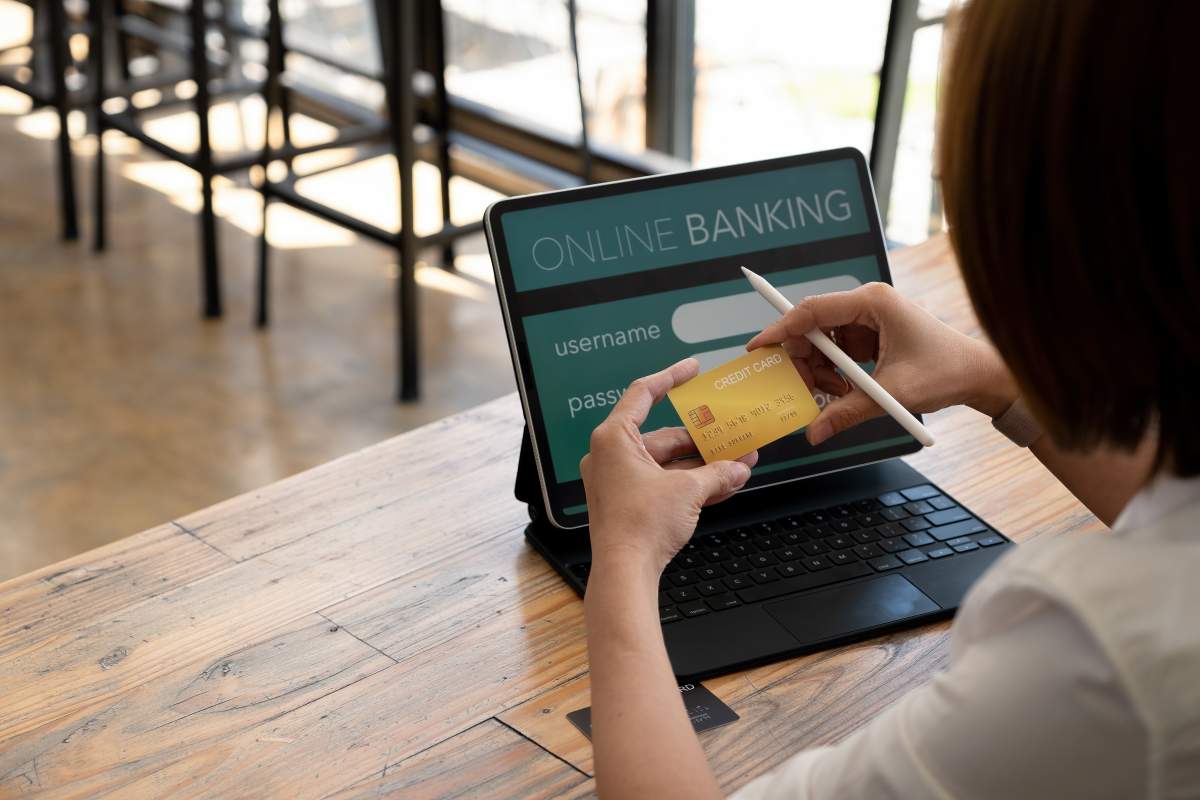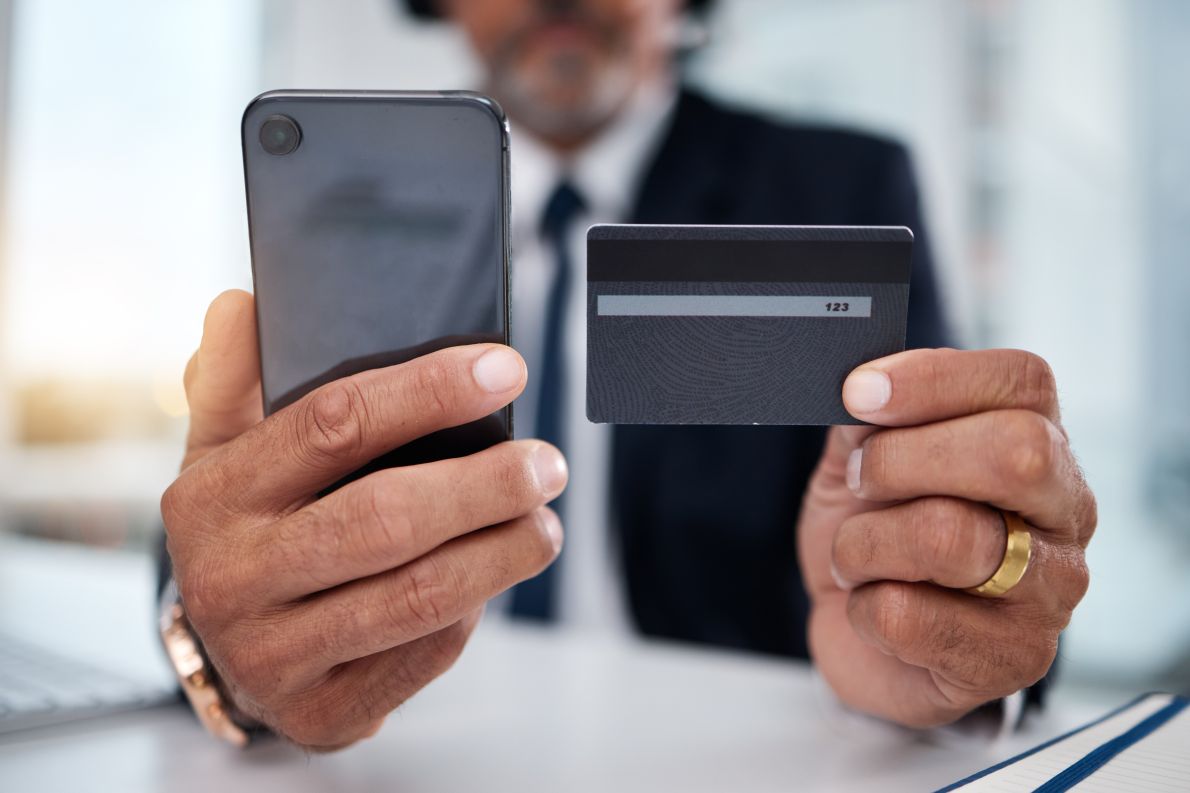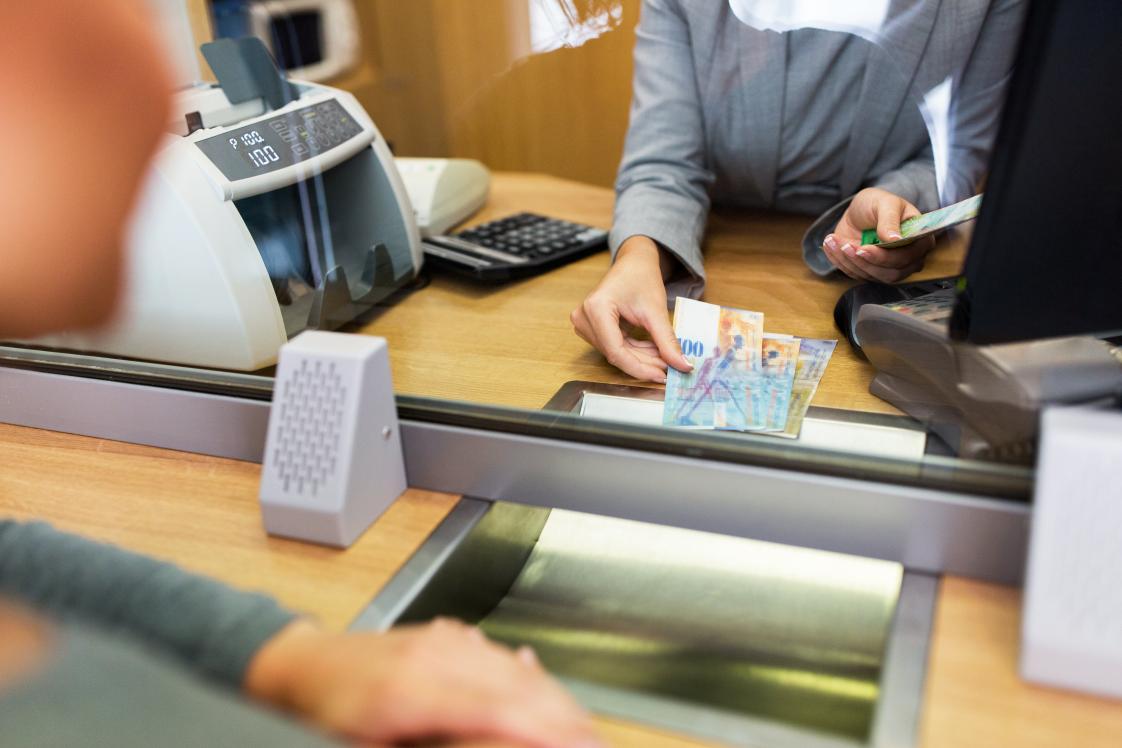Physical Banking Vs Digital Banking - Which Should You Have?

The way we bank has changed dramatically in recent years, leaving many individuals to choose between physical banking and digital banking. With advancements in financial technology, institutions are now offering more banking options than ever before, making it easier for customers to manage their finances in different ways.
Deciding which option fits your banking needs can be a difficult decision. Both physical and digital banking offer distinct benefits and cater to different preferences, which makes it essential to carefully weigh the pros and cons before choosing one, or even a combination of both, to meet your needs.
Physical Banking
Physical banking refers to services offered through brick-and-mortar banks, which are the traditional backbone of banking services. These local branch offices provide critical services such as cash deposits, safe deposit boxes, and face-to-face service. Customers can rely on relationship banking for personalized advice on deposit accounts, loans, and investments.
This type of banking is ideal for those who value the personal touch and want one account that serves all their business financial needs. With tens of thousands of branches across the country, these banks provide easy access to their services, but only during their operating hours.
Advantages of Physical Banking
Physical branches focus on relationship banking, where customers interact directly with bank representatives. This allows for personalized advice and solutions tailored to unique needs. In addition, brick-and-mortar banks typically access larger networks of resources, including ATM networks and financial advisors. These banks also ensure that deposit accounts are covered by the Federal Deposit Insurance Corporation (FDIC), offering peace of mind to customers.
Traditional banks offer a wide range of services that cater to both personal and business banking needs. Customers can perform tasks such as depositing cash, accessing safe deposit boxes, and meeting with representatives for financial advice. With brick-and-mortar banks, you gain access to a well-rounded network of services, including mortgage consultations and wealth management, which are often harder to find with online-only options.
Brick-and-mortar banks also have well-developed networks with ATM networks and branch offices, making them accessible to customers. This ensures personalized assistance for more complex financial needs that digital platforms cannot address. Furthermore, these banks are backed by the Federal Deposit Insurance Corporation, ensuring that your deposit accounts are safe. Whether you need help managing one account or multiple, these banks provide a reliable and secure way to bank.
Challenges of Physical Banking
Brick-and-mortar banks often have higher service fees and limited operating hours. Customers may find it inconvenient to visit a local branch for routine tasks like paying bills or resolving minor issues. While these banks provide personalized services, they lack the convenience of 24/7 access, which is a key feature of digital banking platforms. For instance, depositing checks or managing deposit accounts outside business hours can be frustrating for those with tight schedules.
Many banks require customers to visit a local branch for account opening or to resolve specific issues. This can be time-consuming compared to the seamless experience offered by digital platforms. Despite their extensive ATM networks, physical banks may still be less accessible to users in remote areas. Furthermore, physical banking can feel outdated when compared to the flexibility and speed of online platforms, especially for those who typically access services through their mobile devices.

Digital banking
In contrast, digital banking encompasses online and mobile banking, allowing users to manage their bank accounts remotely. From paying bills to transferring money, these services often offer greater convenience. Customers can log in to their bank website or use a mobile app to conduct transactions from virtually anywhere.
Most online banks also provide features like two-factor authentication for enhanced security. Whether you're opening deposit accounts or using financial institutions to access loans, digital banking makes it easy to handle multiple accounts without stepping into a physical bank branch.
Online-only banks, on the other hand, lack physical locations but provide lower costs and competitive interest rates. These banks often reduce operational expenses, allowing them to pass on the savings to customers through lower fees. Additionally, they are designed to streamline banking services for users who prefer convenience.
Most online banks provide 24/7 access to accounts, enabling you to manage one account or multiple accounts easily. This difference in structure leads to varied experiences, depending on whether you prefer visiting a branch or managing your finances digitally.
Advantages of Digital Banking
Digital banking services provide unmatched convenience for individuals and businesses alike. You can transfer funds, check your balance, or open a savings account using a mobile device and an internet connection. This flexibility allows users to manage their finances on the go, whether they're at home or abroad. Digital platforms also enable seamless integration with tens of thousands of financial tools, making money management easier than ever.
Many traditional banks now offer online banking platforms to compete with direct and online-only banks, providing services like bill payments and automated transfers. Most online banks ensure FDIC coverage for accounts, giving customers peace of mind. Suisse Bank enhances this experience with secure, efficient digital banking services, offering easy access to transfers and savings accounts anytime, anywhere, all backed by advanced security features like two-factor authentication.
Challenges of Digital Banking
While online-only banks excel in convenience, they lack the personal touch offered by a physical bank branch. For complex services such as large loan applications or financial planning, the absence of in-person interactions can be a disadvantage. Additionally, relying solely on an internet connection to manage finances can pose risks if technical issues arise or the connection is unstable.
ATM fees can also be higher for online-only or direct banks, depending on their ATM networks. Customers who need to deposit cash or access funds may find limited options compared to brick-and-mortar banks. Furthermore, while most online banks offer robust security measures like two-factor authentication, they are not immune to cyber threats. For individuals who value face-to-face service, the lack of a physical branch remains a significant drawback.

Choosing Between Physical Banking and Digital Banking
Choosing between physical and digital banking depends on your needs. If you value in-person services and relationship banking, a traditional bank branch may be the better option. Physical banks offer direct assistance for managing deposit accounts and loans, making them ideal for those who prefer face-to-face interactions.
For those who prioritize speed and convenience, online banking and mobile banking are better options. Banking online allows you to manage transactions anywhere, anytime. Many consumers now use a hybrid approach, combining traditional and digital banks for the best of both worlds.

The Role of Traditional Banks in the Digital Age
Most traditional banks now offer internet banking and mobile apps, blending the benefits of physical branches with banking online. This hybrid model allows customers to access their accounts, transfer funds, and more, without visiting a branch.
Credit unions and many traditional banks also embrace digital platforms, giving customers the flexibility of mobile banking while keeping a brick-and-mortar presence. This ensures that customers can enjoy the convenience of banking online while having access to in-person services when needed.
FAQs
1. Can I open an account online with a traditional bank?
Yes, many traditional banks now allow account opening online, offering convenience similar to online-only banks. This process typically involves submitting personal information and verifying your identity, making it easy to get started without visiting a branch.
2. Do I need to visit a physical branch for cash deposits?
Not necessarily. While brick-and-mortar banks provide cash deposit services, ATM networks of direct banks often support this feature too. Some digital banks also partner with ATMs that allow cash deposits, enabling customers to access this service at various locations.
3. Are digital and online banking services secure?
Yes, features like two-factor authentication and encryption ensure secure banking transactions. These security measures protect sensitive information, helping to prevent unauthorized access to your accounts and providing peace of mind for online banking users.
4. What’s the main advantage of physical banking?
The personal service and ability to handle complex needs in person make physical banking essential for some. In addition, customers can directly consult with financial advisors or resolve issues that may be challenging to address online.
5. Can I use both physical and digital banking?
Absolutely. Many consumers use traditional and digital banks to meet different banking needs. By combining both methods, customers can enjoy the convenience of online banking while still benefiting from the personalized service offered by physical branches.
Choosing Between Physical and Digital Banking
When comparing physical banking vs digital banking, there is no one-size-fits-all answer. Brick-and-mortar banks excel in relationship banking and face-to-face service, while digital banking services offer convenience and lower fees. Assess your banking needs to choose the right model or use both for maximum flexibility.
For those seeking a seamless blend of digital and traditional banking, our innovative solutions that cater to a variety of banking needs. Whether you're interested in accessing advanced digital banking services or looking for personalized, online assistance, Suisse Bank provides secure and efficient banking experiences.
Partner with us to unlock the full potential of digital banking and take your business to new heights.

